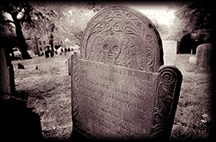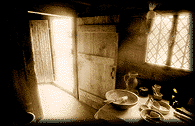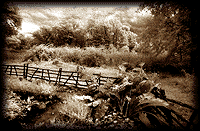Eplogue
“A time to kill, and a time to heal;
a time to break down, and a time to build up.”—Ecclesiastes 3:3

Salem’s time to kill—all the more tragic for its theological roots—claimed 25 lives. Nineteen “witches” were hanged at Gallows Hill in 1692, and one defendant, Giles Corey, was tortured to death for refusing to enter a plea at his trial. Five others, including an infant, died in prison.
Each of the four rounds of executions deepened the dismay of many of the New Englanders who watched the witchcraft hysteria run its course. On October 3, 1692, the Reverend Increase Mather, president of Harvard College, denounced the use of so-called spectral evidence. “It were better,” Mather admonished his fellow ministers (including his son Cotton), “that ten suspected witches should escape than one innocent person should be condemned.”

Gov. William Phips grew disgusted when his own wife was mentioned by the afflicted girls. Determined at last to quell the madness, he suspended the special Court of Oyer and Terminer he had earlier established to hear witchcraft cases. He replaced it with a new Superior Court of Judicature—which disallowed spectral evidence. That court condemned only 3 of 56 defendants. Phips pardoned them along with five others awaiting execution.
In May 1693 Phips pardoned all those who were still in prison on witchcraft charges. They were free—provided they could pay their jail bills.
The time to heal fell under the gentle hand of the Reverend Joseph Green, who in 1697 succeeded Samuel Parris as minister in Salem Village. Green reshuffled his congregation’s traditional seating plan, placing foes beside one another. As he had hoped, proximity bred charity. At Green’s urging, Ann Putnam, one of the leading accusers, offered a public apology in 1706.

Massachusetts as a whole repented the Salem witch-hunt in stages. The colony observed a day of atonement in 1697. It prompted one of the judges to seek public forgiveness for his role in the trials. In 1711 the legislature passed a bill restoring the rights and good names of some of the victims of “those dark and severe Prosecutions,” awarding restitution to their heirs. Massachusetts apologized again in 1957, and the city of Salem and the town of Danvers (originally Salem Village) dedicated memorials to the slain “witches” in 1992.
The events presented in this feature were all real, as were the quotations (edited for clarity). The narrative you followed wove different stories together.